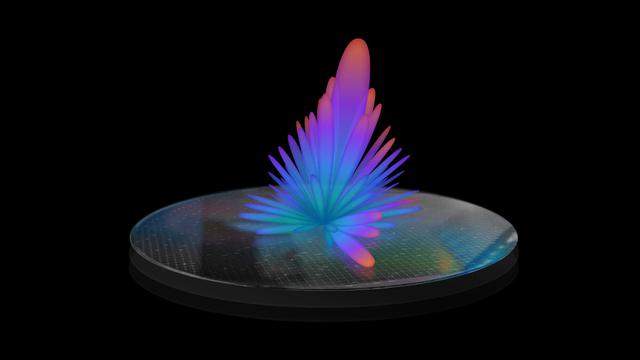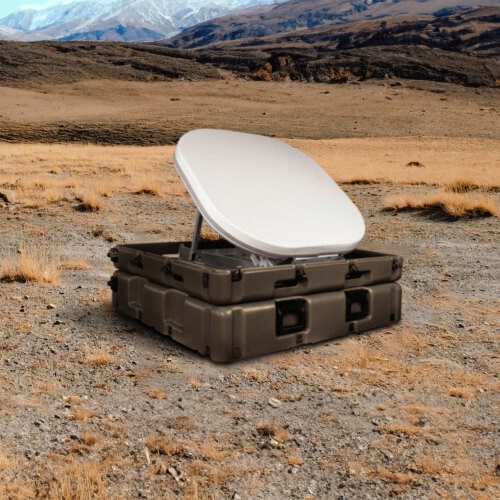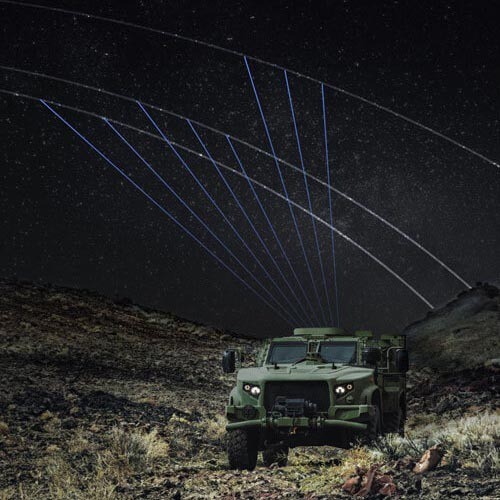Members of the Kymeta team – in partnership with Fraunhofer IIS – recently contributed an invited technical paper at the International Microwave Symposium titled “Dynamically Reconfigurable Metasurface Antennas for Mobile Connectivity in 5G Non-Terrestrial Networks”. The paper details Kymeta’s novel approach in its advanced electronically scanned array (ESA) technology to enable reliable mobile satellite communications. This antenna technology utilizes reconfigurable holographic metasurfaces that fills a critical gap in addressing 5G non-terrestrial networks (NTN).
In the report, authors Alex Bautista, Ryan Stevenson, and Mohsen Sazegar of Kymeta, along with Thomas Schlichter and Thomas Heyn of Fraunhofer IIS, explore the latest advances in this technology. They also examine the results of the demonstrations of direct access over GEO satellite with the 5G New Radio Release 17 waveform and enhancements for mobile environments.
A mobile demonstration was conducted using a geostationary satellite with a user terminal antenna mounted horizontally on a vehicle that was driven around Kymeta headquarters in Redmond, Washington. The test demonstrated that a reconfigurable holographic metasurface antenna can reliably enable land-mobile connectivity to 5G NTN. The tests also supported future development of 5G NTN standards for mobile environments.
Ultimately the goal is to be able to provide people and organizations with 5G connectivity anywhere in the world regardless of geographically challenging terrain, remote regions, across seas and oceans, as well as filling any voids in communications and broadband network coverage. Enabling continuous connectivity can be of tremendous benefit for delivering critical communications services across industries ranging from healthcare, logistics and transportation, and energy to emergency management, first responders and military needs.
To read the full paper and learn more about its findings, click here.




















